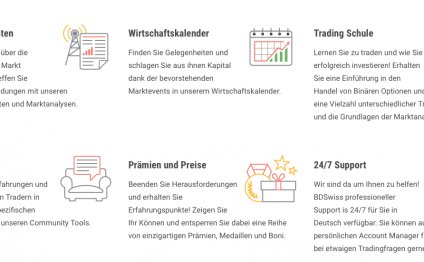
Fair value Accounting Financial crisis
• A battle is raging about whether assets should be “marked to market” in quarterly financial statements, as opposed to reported at historical cost. Some executives blame marking to market, which is generally advocated by investors, for the financial meltdown.
• Myths are being propagated by both sides in the argument. But it’s not true that historical cost accounting can disregard permanent changes in current market value or that most assets of financial institutions are marked to market.
• Solutions that serve everyone’s needs are possible. If accounting and capital requirements were substantially unlinked, marking to market would not usually have a negative impact on a bank’s regulatory capital. Income volatility would be better understood if banks published two EPS figures—one with assets recorded at fair value and the other without. And the fair value accounting approach of “marking to model” could gain some credibility with investors if they were given the assumptions underlying these models.
What was the primary cause of the current financial crisis? Subprime mortgages, credit default swaps, or excessive debt? None of those, says Steve Forbes, chairman of Forbes Media and sometime political candidate. In his view, mark-to-market accounting was “the principal reason” that the U.S. financial system melted down in 2008.
Do accounting rules actually pack such a wallop? For readers not schooled in financial jargon, marking to market is the practice of revaluing an asset quarterly according to the price it would fetch if sold on the open market, regardless of what was actually paid for it. Because the practice allows for no outdated or wishful-thinking valuations, it is a key component of what is known as fair value accounting. And it is at the center of the hottest accounting debate in decades.
Many bankers pilloried fair value accounting when the sudden seize-up of credit markets in the fall of 2008 drove the clearing prices for key assets held by their institutions to unprecedented lows. Economist Brian Wesbury represented the views of that group when he declared, “Mark-to-market accounting rules have turned a large problem into a humongous one. A vast majority of mortgages, corporate bonds, and structured debts are still performing. But because the market is frozen, the prices of these assets have fallen below their true value.” Wesbury and Forbes argue that marking to market pushed many banks toward insolvency and forced them to unload assets at fire-sale prices, which then caused values to fall even further. Persuaded by such arguments, some politicians in the United States and Europe have called for the suspension of fair value accounting in favor of historical cost accounting, in which assets are generally valued at original cost or purchase price. (See the sidebars “What They’re Fighting About Overseas” and “Rewriting History in Europe” for accounts of the key battles being waged outside the United States.)
Yet mark-to-market accounting continues to have its proponents, who are equally adamant. Lisa Koonce, an accounting professor at the University of Texas, wrote in Texas magazine: “This is simply a case of blaming the messenger. Fair value accounting is not the cause of the current crisis. Rather, it communicated the effects of such bad decisions as granting subprime loans and writing credit default swaps.… The alternative, keeping those loans on the books at their original amounts, is akin to ignoring reality.” Shareholder groups have gone even further, asserting that marking to market is all the more necessary in today’s environment. The investment advisory group of the Financial Accounting Standards Board (FASB) stressed that “it is especially critical that fair value information be available to capital providers and other users of financial statements in periods of market turmoil accompanied by liquidity crunches.” In this view, if banks did not mark their bonds to market, investors would be very uncertain about asset values and therefore reluctant to help recapitalize troubled institutions.
Which camp has the right answer? Perhaps neither. We do not want banks to become insolvent because of short-term declines in the prices of mortgage-related securities. Nor do we want to hide bank losses from investors and delay the cleanup of toxic assets—as happened in Japan in the decade after 1990. To meet the legitimate needs of both bankers and investors, regulatory officials should adopt new multidimensional approaches to financial reporting.
Before we can begin to implement sensible reforms, though, we must first clear up some misperceptions about accounting methods. Critics have often lambasted the requirement to write down impaired assets to their fair value, but in reality impairment is a more important concept for historical cost accounting than for fair value accounting. Many journalists have incorrectly assumed that most assets of banks are reported at fair market value, rather than at historical cost. Similarly, many politicians have assumed that most illiquid assets must be valued at market prices, despite several FASB rulings to the contrary. Each of these myths bears close examination.
YOU MIGHT ALSO LIKE



Share this Post
Related posts
Financial Accounting liabilities
Liabilities: What a company owes. Owners Equity: Claims of owners against the business. The basic equation that expresses…
Read MoreRelevance in Financial Accounting
In accounting, the term relevance means it will make a difference to a decision maker. For example, in the decision to replace…
Read More










